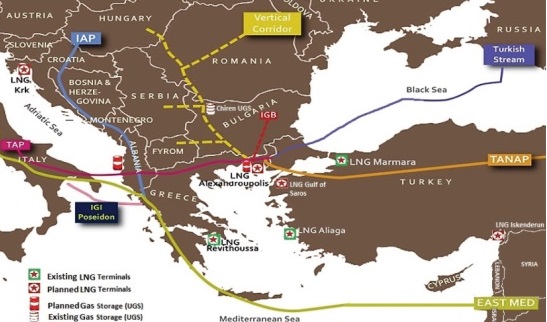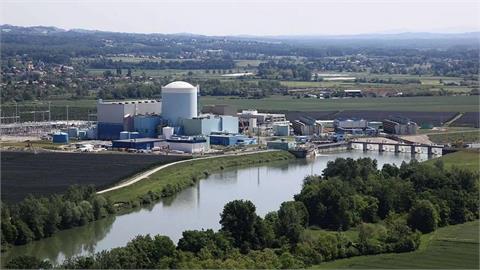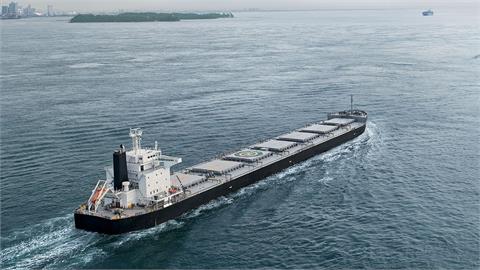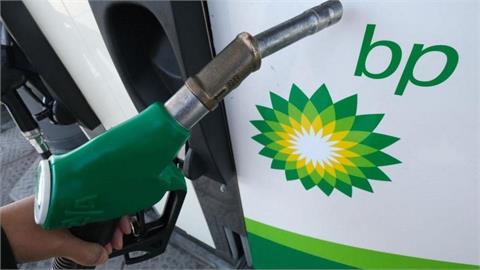by Marika Karayianni*
Azeri gas from Shah Deniz II will likely enter Europe via Greece, Albania and Italy through the TANAP- TAP (Trans Anatolian Pipeline – Trans Adriatic Pipeline) system of the EU Southern Gas Corridor in 2020.
Phase I projects 10 billion cubic meters (bcm) per year with the application of 3rd Party Exemption included. Future interconnections of TAP include the IGB (Interconnector Greece- Bulgaria) to Bulgaria with 2 bcm/y already contracted between Azeri state oil company SOCAR and Bulgaria’s Bulgargaz and a potential expansion up to 5 bcm/y, which is also scheduled to begin in 2020. IAP (Ionian Adriatic Pipeline) connection to the Western Balkans is also being touted, however, it is still at in the early stages.
The EU is also interested in the construction of several interconnectors in South Eastern Europe, with the aim to feed all neighbouring countries with alternative options to Russian natural gas sources. The Bulgaria- Romania and Romania- Hungary Interconnector are projects that can function in reverse flow, a perspective that serves Romanian gas interests as two offshore gas wells in the Romanian sector of the Black Sea are likely to come on stream beginning in 2019 and operated by Black Sea Oil & Gas Co.
With all these pipeline projects on the table, questions ultimately abound about what will happen after 2020 and beyond the initial 10 bcm.
Over the last 2-3 years, Azerbaijan has experienced significant financial problems mainly due to low global energy prices, which seriously affected its economy. The South Caucasus country has so far failed to diversify its economy, leaving it highly dependent on oil and gas development.
Shah Deniz and Absheron field development have, as a result, become more expensive and exceedingly more difficult for SOCAR, which led the Azeri oil giant to turn to foreign lending from EIB, EBRD, and the World Bank for the first time. Azerbaijan’s banking sector was immediately affected and has only this year started to grant loans again.
For the energy sector, this has left the Shah Deniz III development beyond 2030 in question.
Azeri gas will likely not suffice for Phase II of the Southern Gas Corridor, especially for the IGB and IAP expansions. The second phase of the TAP with a projected scalability to 20 bcm/y will require natural gas from other sources. For that reason, the European Commission has not foreseen the 3rd Party Exemption clause for Phase II and a discussion has been ongoing for some time about injecting natural gas from other sources to the TANAP- TAP.
For the first time, the intention to open the Southern Gas Corridor to every potential source of natural gas other than Azerbaijan is officially included in the communiqué of the 4th Ministerial Meeting of the Advisory Council of the Southern Gas Corridor, held in Baku on February 15:
"We welcome the interest of potential additional suppliers of natural gas from the Caspian Basin, Central Asia, the Middle East, the Eastern Mediterranean Basin, and the Black Sea to use the Southern Gas Corridor to further diversify natural gas supplies to Europe and to other countries; and encouraging discussions to ship additional gas supplies to Europe”.
A discussion on Russian gas giant Gazprom using the Southern Gas Corridor to send Russian gas to Europe has also been ongoing in Baku. Both sides seem keen to promote the possibility, even for Phase I of the TAP, however, consent on the part of the European Commission is needed. Phase II does not have a 3rd Party Exemption clause, meaning the possibility that Russian gas could be included cannot be ruled out. We should also not forget that Russia receives 1-2 bcm/y of Azeri natural gas for the Northern Caucasus republic of Dagestan on the basis of a bilateral contract between Gazprom and SOCAR, which is renewed on a yearly basis.
The Trans Caspian gas pipeline is needed if Turkmen gas is to be considered a viable option. The underwater pipeline project that would stretch below the surface of the Caspian Sea has been hampered for years due to Russia’s objections and the lack of a resolution of the legal status of the Caspian Sea.
Now that an overall agreement on the legal status seems to be at hand and Moscow’s objections also seem to be fading, in November 2017 the EU included in its PCIs list the Trans Caspian project and announced financing of €1.872 million for a new study on its realisation. The financing of the study was awarded to White Stream company, based in Georgia, a company that is aiming to develop another subsurface pipeline in the Black Sea that would extend from Georgia to Romania.
At the aforementioned ministerial meeting of the Southern Gas Corridor in Baku, Turkmenistan sent for the first time its official envoy Yagshigeldi Kakaev, an advisor to Turkmen President Gurbanguly Berdumukhamedov, who raised the issue of the Trans Caspian gas pipeline, stating that it should be addressed with some sense of urgency and saying that it is time to start working on the project, instead of simply discussing it.
For the time being, all options are open for Phase II of the Southern Gas Corridor and all sources of natural gas are invited to join the TANAP-TAP system with the EU’s blessing.
* Caspian energy expert
https://www.neweurope.eu/article/expanded-southern-gas-corridor-comes-2020/




